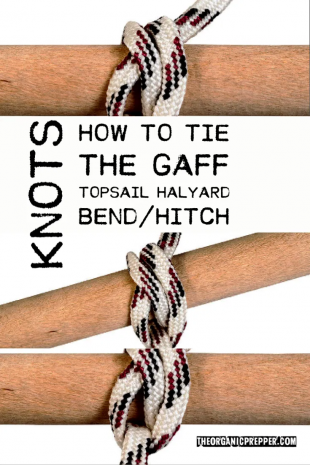
Breaking News
 SILVER CRASHES TO $75 - But China Is Paying $89 (Ghost Week Trap)
SILVER CRASHES TO $75 - But China Is Paying $89 (Ghost Week Trap)
 Firegate: Democrat LA Mayor Karen Bass' Admin Altered Palisades Fire Report & Deleted Evidence
Firegate: Democrat LA Mayor Karen Bass' Admin Altered Palisades Fire Report & Deleted Evidence
 BREAKING: Candace Owens' Massive Mind Control House of Cards is Now Collapsing in Real Time
BREAKING: Candace Owens' Massive Mind Control House of Cards is Now Collapsing in Real Time
 We Cannot Build an Economy on Lies
We Cannot Build an Economy on Lies
Top Tech News
 EngineAI T800: Born to Disrupt! #EngineAI #robotics #newtechnology #newproduct
EngineAI T800: Born to Disrupt! #EngineAI #robotics #newtechnology #newproduct
 This Silicon Anode Breakthrough Could Mark A Turning Point For EV Batteries [Update]
This Silicon Anode Breakthrough Could Mark A Turning Point For EV Batteries [Update]
 Travel gadget promises to dry and iron your clothes – totally hands-free
Travel gadget promises to dry and iron your clothes – totally hands-free
 Perfect Aircrete, Kitchen Ingredients.
Perfect Aircrete, Kitchen Ingredients.
 Futuristic pixel-raising display lets you feel what's onscreen
Futuristic pixel-raising display lets you feel what's onscreen
 Cutting-Edge Facility Generates Pure Water and Hydrogen Fuel from Seawater for Mere Pennies
Cutting-Edge Facility Generates Pure Water and Hydrogen Fuel from Seawater for Mere Pennies
 This tiny dev board is packed with features for ambitious makers
This tiny dev board is packed with features for ambitious makers
 Scientists Discover Gel to Regrow Tooth Enamel
Scientists Discover Gel to Regrow Tooth Enamel
 Vitamin C and Dandelion Root Killing Cancer Cells -- as Former CDC Director Calls for COVID-19...
Vitamin C and Dandelion Root Killing Cancer Cells -- as Former CDC Director Calls for COVID-19...
 Galactic Brain: US firm plans space-based data centers, power grid to challenge China
Galactic Brain: US firm plans space-based data centers, power grid to challenge China
Knots: How to Tie the Gaff Topsail Halyard Bend/Hitch

By 1stMarineJarHead
I have a strange fascination with knots and ropework right up there with rutabagas and searching for the perfect meatball and air guns.
(An odd mix, eh?)
Knots and ropework are skills and knowledge I think every prepper should have. I will be writing about various knots I have used here on the farm in practical uses, and some knots that I feel could be useful. While there are enough knots known to fill more than a few books, I will concentrate on what I think are some of the more useful ones.
In this particular case, let's say you are trying out using a tarp for lightweight camping using 550 cord. This bend/hitch would be used for the corner eyelet of your tarp. Imagine the carabiner is the eyelet.
Technical Information
Note: For instructional purposes and clarity, I did this ropework using a 5mm accessory cord. When I tried 550 cord, the black and OD green cord did not provide enough contrast to effectively render the pictures. The carabiner was not only used for clarity but as an example. The same knot/hitch could be applied in any number of manners.
-The end of the cord/rope that is being worked is called the running end.
-The end of the cord/rope that is not being worked is called the standing end.
-Red arrows/graphics indicate the direction and path under/behind either an object (e.g., carabiner, eyelet, rail, etc.) or cord/rope.
-Yellow arrows/graphics indicate the direction and path over/front either an object (e.g., carabiner, eyelet, rail, etc.) or cord/rope.
-Green arrows/graphics indicate the direction of applied tension of cord/rope.
The Gaff Topsail Halyard Bend/Hitch
Step 1: Bring the cord/rope under the object.
Step 2: Bring the cord/rope around the front and then behind, making one wrap.

Step 3: Bring the cord/rope around for a second wrap and tuck behind the standing end.

Step 4: Bring the running end around the standing end and then through the two wraps.
Step 5: Pull on the running end to secure and complete the bend/hitch.






